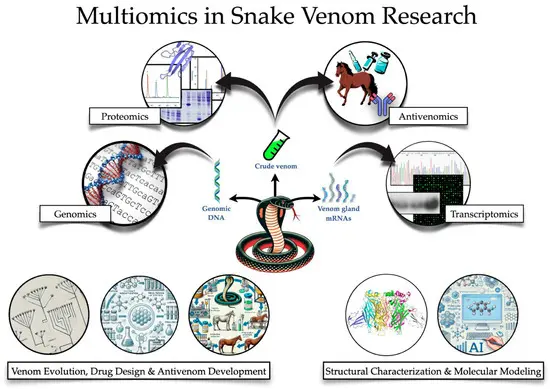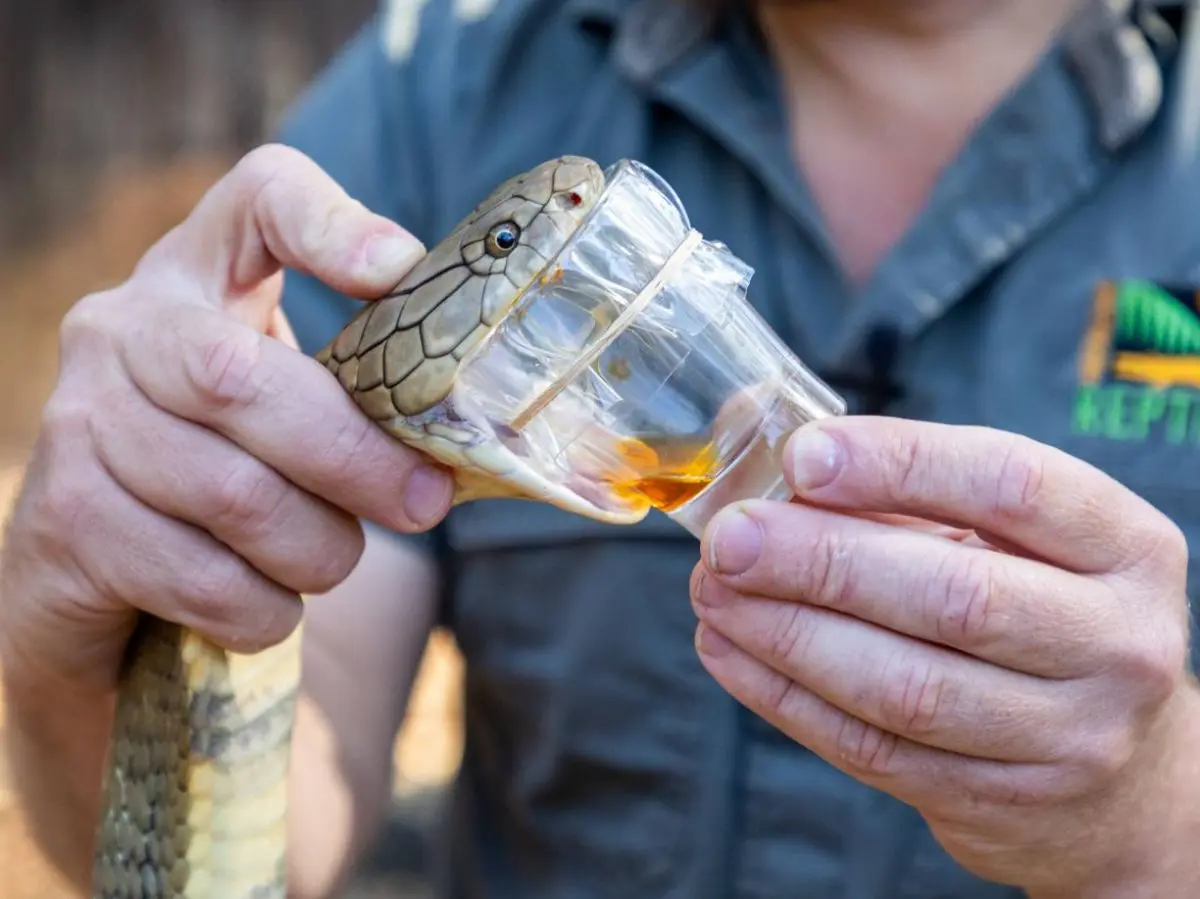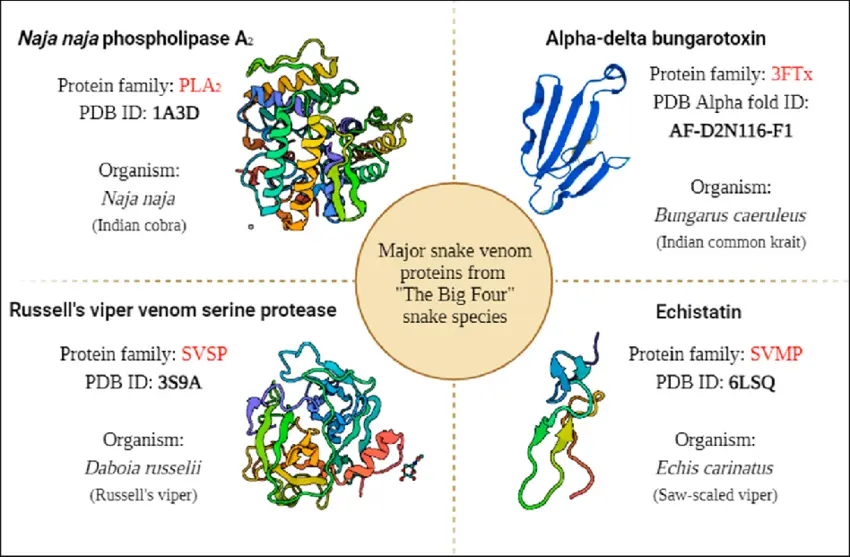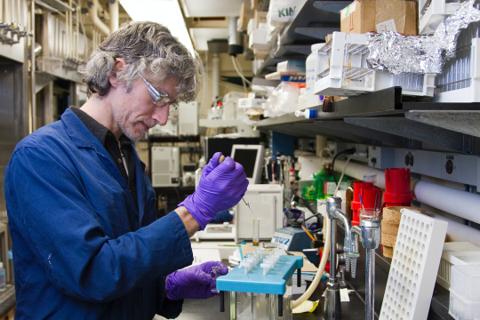Sequencing the Indian cobra genome
a revolutionary step towards treatment

Snakebite envenoming is a critical global health issue that affects hundreds of thousands annually. The Indian cobra (Naja naja), one of the deadliest snakes, has long posed a threat, with venom that can cause paralysis, tissue destruction, and even death. Recently, scientists sequenced the entire genome of the Indian cobra a groundbreaking achievement that promises to transform how we combat snakebite injuries worldwide.
The Global Snakebite Challenge
Every year, approximately 400,000 people worldwide are bitten by snakes. Among them, many suffer severe consequences such as amputations, and about 100,000 die due to venom complications. Current treatment primarily relies on antivenoms, which are produced by extracting venom from snakes and creating antibodies in animals like horses. However, these antivenoms have several limitations:
- High cost and limited availability
- Complex and slow production processes
- Need for large quantities of snake venom, which is scarce
Understanding Snake Venom
A Complex Toxic Cocktail
is a yellowish fluid stored in modified salivary glands, containing a complex mixture of proteins, enzymes, and molecular compounds. It acts swiftly on the victim’s body by targeting:
Disrupt nerve signal transmission, causing muscle paralysis and respiratory failure.
Destroy cells and tissues near the bite, causing necrosis and severe tissue damage.
Interfere with blood clotting, leading to internal bleeding and organ failure.
The full sequencing of the Indian cobra genome has revealed over 12,000 genes expressed in the venom gland, including 139 toxin-specific genes responsible for the venom’s harmful effects. Among these, 19 genes are uniquely expressed in the venom gland and directly linked to symptoms such as heart issues, paralysis, internal bleeding, and death.
02

Use recombinant protein technology to produce antibodies without needing to extract large amounts of venom from snakes .
04
Reduce production costs and improve accessibility worldwide
.



